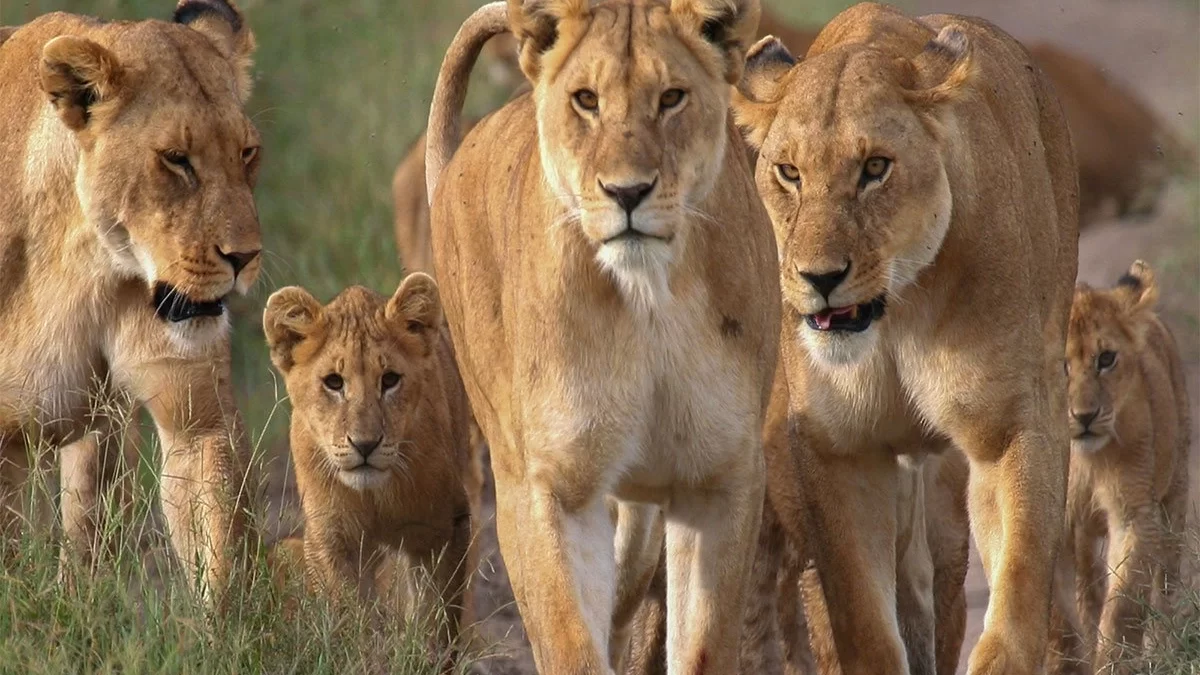Makoma Hill at Serengeti in Tanzania

Moru Kopjes at Central Serengeti in Tanzania
December 5, 2023
Masai Kopjes in Serengeti, Tanzania
December 5, 2023Makoma Hill in Serengeti Tanzania: A Sanctuary of Natural Wonders
Embark on an unforgettable wildlife safari adventure in the heart of Tanzania at Makoma Hill in Serengeti. Nestled at the western boundary of the Seronera Valley, this wooded hill, along with the adjacent Makoma Plain and Thatch Kopjes, unveils a scenic marvel that promises unique opportunities for wildlife viewing.
Wildlife Conflict and Breathtaking Views
Makoma Hill is renowned for being a great habitat for numerous animals, particularly serving as a stage for intense hunting conflicts among lions, cheetahs, and hyenas. This area stands out in the Serengeti National Park due to the fierce competition for both territory and prey. The convergence of a large number of animals in a relatively small area amplifies the rivalry for food.
Makoma Hill’s Diverse Fauna
The thicket surrounding Makoma Hill is an excellent vantage point for observing impalas, giraffes, elephants, and buffalos. Directly in front of the hill, cheetahs, hyenas, Thomson’s gazelles, Grant’s gazelles, and buffalos thrive. The beautiful Thatch Kopjes are a favorite spot for lions, housing the Makoma pride, often seen with playful cubs on granite boulders.
Exploring Makoma Game Loop and Beyond
To immerse yourself in the wonders of this area, follow the Makoma Game Loop trail around the perimeter of the Makoma Plain, with smaller tracks encircling the Thatch Kopjes. During the dry season, witness the migration of Thomson’s gazelles and Grant’s gazelles to Eastern Serengeti, while resident herds of buffalos can be observed year-round. Lions and hyenas frequently hunt in these plains, creating a dramatic spectacle of the circle of life.
Secret Picnic Spots and Migration Crossings
Venture along another track that leads to a secluded area behind Makoma Hill, offering a breathtaking view of the grassy plain. This hidden gem becomes a perfect picnic spot, with giraffes browsing the acacia leaves on the hill slopes and gazelles grazing in the plain. This area witnesses the Great Migration, an epic journey of wildebeests and zebras crossing north in May and June and south in November and December. It’s a feast for resident lions and hyenas, free from the usual competition for food.
Unique Cheetah Territories
A study on Serengeti cheetahs by scholar T.M. Caro identified only eight cheetah territories, including Makoma Hill. Most cheetahs here focus on pursuing Thomson’s and Grant’s gazelles during the migration, making the dry season the ideal time to witness a high number of cheetahs in the area.
Serengeti National Park: A Timeless Wilderness
Established in 1952, the Serengeti National Park unfolds as a sprawling wilderness, home to the awe-inspiring great migration of wildebeest and zebra. With its resident populations of lions, cheetahs, elephants, giraffes, and diverse bird species, the park offers an impressive showcase of nature’s grandeur. Encompassing 5,700 square miles, it stands larger than Connecticut, inviting only a few hundred vehicles to traverse its vast landscapes.
Distinct Park Sections and Unique Ecosystem
Divided into three sections, the southern/central part (Seronera Valley) boasts classic savannah landscapes, while the western corridor, marked by the Grumeti River, features more forests and dense bush. The north, Lobo area, connects with Kenya’s Masai Mara Reserve and remains the least visited section. Two World Heritage Sites and two Biosphere Reserves underline the park’s unique ecosystem.
Timeless Ecosystem and the Great Migration
The Serengeti ecosystem, existing for over a million years, displays minimal changes in climate, vegetation, and fauna. It witnessed early human presence in Olduvai Gorge around two million years ago. The park is perhaps most renowned for the great migration, where over a million wildebeest and 200,000 zebras traverse the plains, defying obstacles like droughts and crocodile-infested rivers.
Join Us on an Exploration
As we explore the varied vegetation, landscapes, and inhabitants of the Serengeti ecosystem, you’ll encounter the enduring patterns of life, death, adaptation, and migration that have echoed through the ages. Let the Serengeti captivate your senses and leave you in awe of the natural wonders it unfolds.

